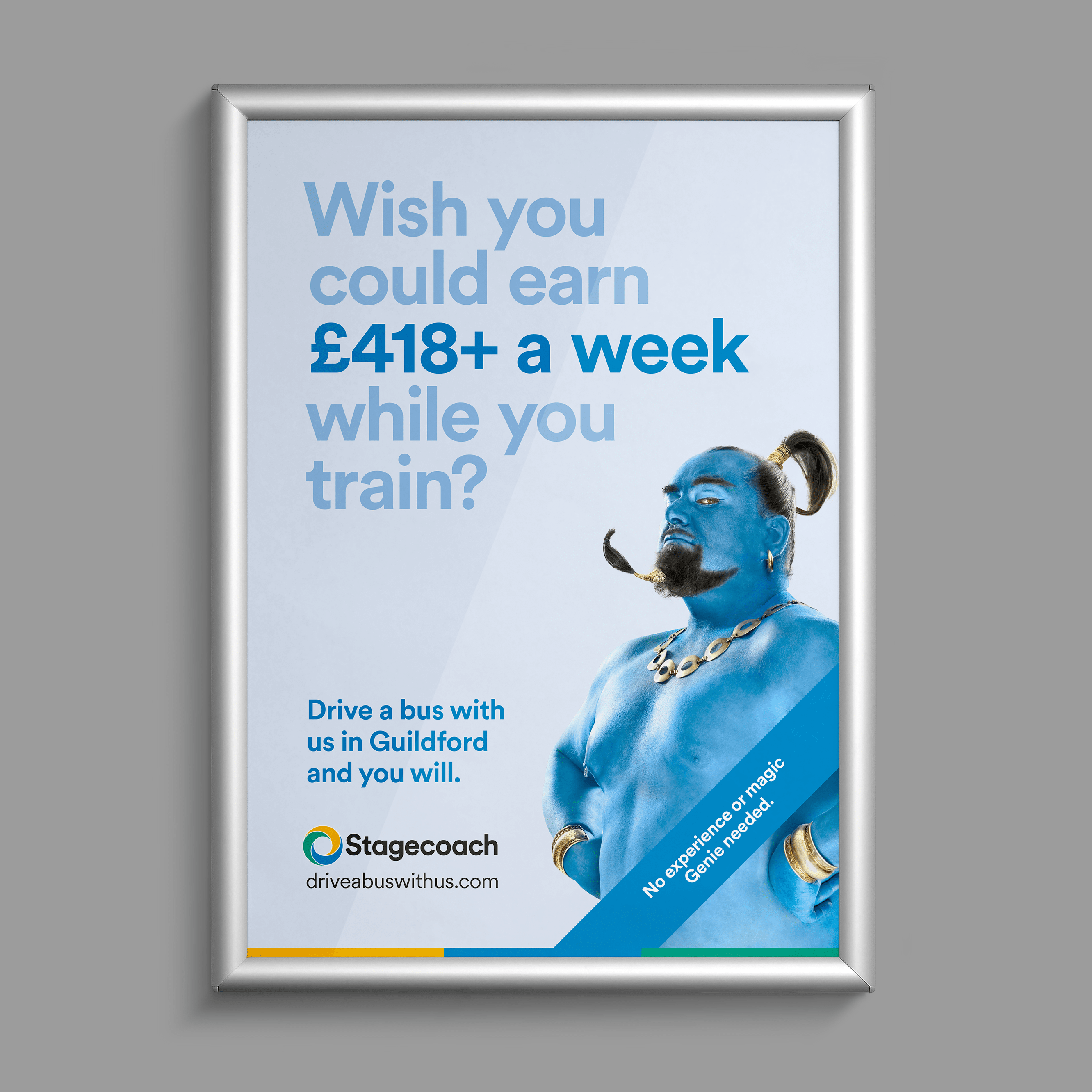Since the first Identity Parade feature appeared in the November 2015 Buses magazine, every month we have conceived a new or updated brand identity for a bus company that is no longer around.
This has been an opportunity for us to put across our serious message that bus travel needs to stand out as an attractive option in a busy world buzzing with the brands of a huge number of goods and services.
For this final article in the series, the challenge was a little different. Not a defunct operator but the most recognisable and enduring of all British bus brands. The red London double-decker.
With everyone associating London buses with the circular logo and colour red, it would have been futile to suggest moving away from such a long-standing design statement.
But with TfL insisting that at least 80% of the bus must remain red, we were somewhat hand-tied on that particular issue anyway. That led us to look at the recent trial by Mayor Sadiq Khan, where certain routes in east and west London were given colour-coded buses to make identification easier.
With red being such a strong primary colour, the challenge was how to work in the secondary colour without the possibility of a clash. We had to complement yet also contrast.
The solution was to have the two colours separated by a neutral black panel, never just next to each other. That meant the red, and in this case teal for route 15, not only working in partnership but also doing their own jobs.
The route colour is viewable all around the bus leaving the potential user in no doubt what service is approaching. Make a connection between the colour on the bus and the colour on the flag and it means you cannot go far wrong.
So, there you have it — a London bus that stays the same but, with a splash of colour in the right place, manages to look and work much better.










